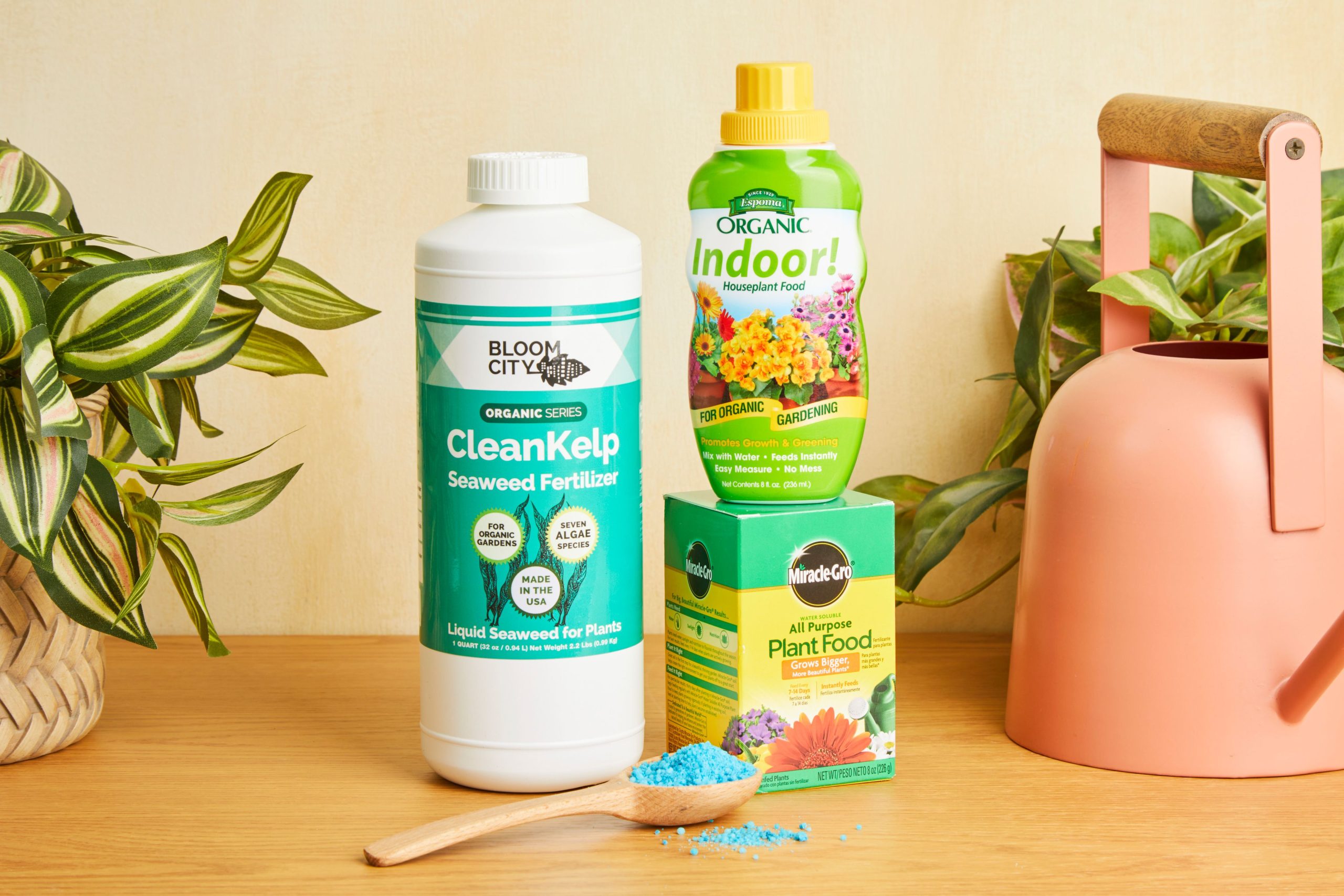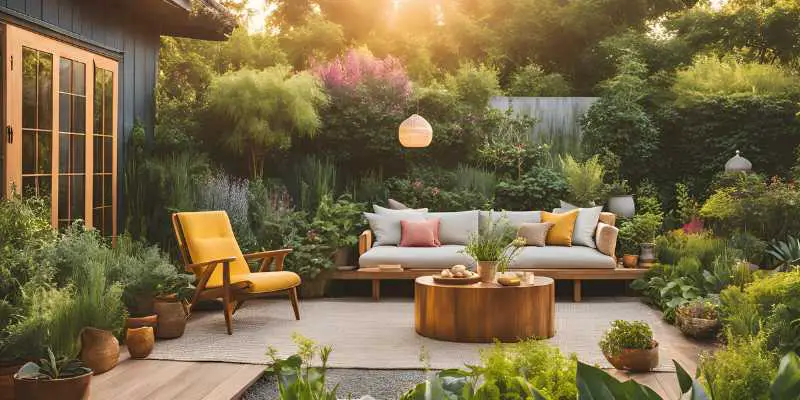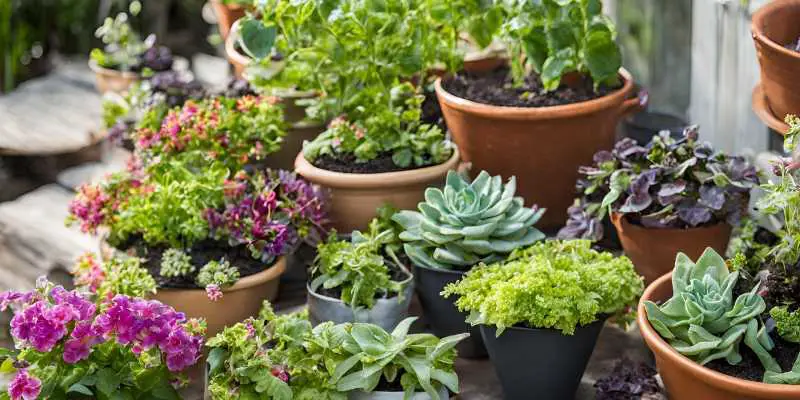Spider plants, Boston ferns, and Areca palms are safe for cats. Calathea and prayer plants are also non-toxic.
Many cat owners love adding greenery to their homes but worry about their pets’ safety. Certain plants can be harmful if ingested by cats. Luckily, several indoor plants are both beautiful and safe for your feline friends. Spider plants, Boston ferns, and Areca palms not only enhance your home’s aesthetics but also ensure your cat’s well-being.
Calathea and prayer plants are other great options that pose no risk to your furry companions. Choosing non-toxic plants allows you to create a vibrant living space without compromising your pet’s health. Always ensure the plants you bring home are safe for your pets.
The Importance Of Cat-safe Foliage
Indoor plants bring life and color to your home. But not all plants are safe for cats. Some plants can be very harmful. Choosing cat-safe plants is important. It keeps your feline friend healthy and happy.
Risks Of Toxic Plants
Many common houseplants are toxic to cats. These plants can cause serious health issues. Some symptoms include:
- Vomiting
- Diarrhea
- Difficulty breathing
- Kidney failure
It’s important to know which plants are harmful. Here are a few toxic plants:
| Plant Name | Symptoms |
|---|---|
| Lilies | Kidney failure |
| Philodendron | Swelling of the mouth and throat |
| Sago Palm | Liver failure |
Benefits Of Non-toxic Plants
Non-toxic plants are safe for your cat. They also offer many benefits:
- Improved air quality
- Natural stress relief
- Enhanced home decor
Cat-safe plants can add beauty to your home. Here are some examples:
- Spider Plant
- Areca Palm
- Bamboo Palm
These plants are safe and easy to care for. They help create a healthy environment for your cat. Choosing the right plants protects your pet and brightens your living space.

Credit: www.pinterest.com
Identifying Cat-safe Plants
Cats love to explore and sometimes nibble on plants. It’s crucial to choose indoor plants that are safe for our feline friends. Identifying cat-safe plants ensures their health and your peace of mind.
Key Features Of Safe Greens
Cat-safe plants have specific characteristics. These plants are non-toxic and won’t harm your pet. Look for plants with soft leaves and no sharp edges. This minimizes any risk of injury.
Here are some examples of cat-safe plants:
- Spider Plant: Easy to grow and safe for cats.
- Boston Fern: Lush and non-toxic to cats.
- Areca Palm: Provides a tropical feel and is cat-friendly.
- Calathea: Known for its beautiful leaves and safety for pets.
Expert Resources For Verification
Always verify plant safety from reliable sources. Trusted organizations provide accurate information. The ASPCA (American Society for the Prevention of Cruelty to Animals) offers a comprehensive list of safe plants.
Below is a table of trusted resources:
| Resource | Website |
|---|---|
| ASPCA | ASPCA Plant List |
| Pet Poison Helpline | Pet Poison Helpline |
| RHS (Royal Horticultural Society) | RHS Website |
Consult these resources to ensure plant safety. Always cross-check before bringing new plants home.
Top Cat-friendly Indoor Plants
Finding indoor plants safe for cats can be challenging. Many plants are toxic to our feline friends. This post highlights the top cat-friendly indoor plants. These plants are non-toxic and add beauty to your home.
Spider Plant: A Whisker-friendly Choice
The Spider Plant is an excellent choice for cat owners. It is non-toxic and safe for cats. This plant is easy to grow and maintain. It thrives in indirect sunlight and needs moderate watering.
Spider Plants have long, arching leaves. Cats love to play with them. They can handle a bit of rough play. Here are some benefits of Spider Plants:
- Non-toxic to cats
- Easy to grow and maintain
- Improves indoor air quality
- Attractive and playful for cats
Boston Fern: Lush And Non-toxic
The Boston Fern is another great option. It is lush and non-toxic for cats. This plant prefers humid environments. It thrives in bright, indirect light.
Boston Ferns have feathery, green fronds. They add a tropical feel to any room. Cats can safely nibble on them. Here are some benefits of Boston Ferns:
- Non-toxic to cats
- Beautiful and lush appearance
- Prefers humid environments
- Improves indoor air quality
Herbs And Cat Health
Indoor herbs can brighten up your home and keep your cats safe. Many common herbs are not just safe for cats but also beneficial for their health. Let’s explore some of these wonderful herbs.
Basil And Mint: Herbal Delights
Basil is a popular herb that’s safe for cats. It has a pleasant aroma and can also help in reducing stress in cats. Fresh basil leaves are perfect for cooking and feline health.
Mint is another cat-safe herb. Cats love the minty aroma, and it can aid in digestion. Always ensure to keep the mint plants fresh and healthy.
| Herb | Benefits for Cats |
|---|---|
| Basil | Reduces stress, safe, pleasant aroma |
| Mint | Improves digestion, safe, aromatic |
Catnip: A Feline Favorite
Catnip is a well-known favorite among cats. It induces playful behavior and can reduce anxiety. Catnip is safe and can be grown indoors easily. Fresh or dried, cats enjoy it in any form.
- Induces playful behavior
- Reduces anxiety
- Easy to grow indoors
Decorative Yet Safe Options
Decorating your home with indoor plants adds beauty and freshness. If you have cats, choose safe plants. This section covers decorative yet safe options for your feline friends.
African Violet: Colorful And Harmless
The African Violet is a small, colorful plant. It fits perfectly in any room. Its vibrant blooms brighten up spaces without harming cats. African Violets need indirect sunlight and moist soil.
Here is a quick care guide:
- Light: Indirect sunlight
- Water: Keep soil moist, not soggy
- Temperature: 65-75°F
Orchids: Exotic But Safe
Orchids are elegant and safe for cats. Their exotic flowers add sophistication to any home. Orchids require specific care but are worth it.
Follow this care guide:
- Light: Bright, indirect light
- Water: Once a week
- Temperature: 60-80°F
Both plants are safe and beautiful. They enhance your home without harming your pets.

Credit: www.pinterest.com
Creating A Safe Indoor Garden
Making a garden safe for cats means choosing non-toxic plants. Cats love to explore and sometimes nibble on plants. Some plants can be harmful to them. To ensure your furry friend stays healthy, select plants that are safe for cats.
Plant Placement For Curious Cats
Place plants where cats can’t easily reach them. Hanging planters or high shelves work well. This prevents cats from chewing on leaves or knocking over pots. Use sturdy pots to avoid spills if a cat tries to play with them.
| Plant Type | Ideal Placement |
|---|---|
| Spider Plant | Hanging Basket |
| Bamboo Palm | High Shelf |
| Boston Fern | Window Ledge |
Maintaining A Feline-friendly Environment
Keep the soil covered to deter cats from digging. Pebbles or pine cones can cover the soil surface. This makes it less appealing for cats to dig. Regularly check plants for any signs of damage.
Provide alternatives like cat grass or catnip. These are safe plants that cats love. Having these options can keep them away from your other plants. Use organic soil and fertilizers to avoid chemicals.
- Use pebble mulch
- Provide cat grass
- Avoid chemical fertilizers
Keep the area clean and free of fallen leaves. This reduces the chance of cats ingesting plant parts. Regularly clean the space around your plants.
- Check for fallen leaves
- Clean plant area weekly
- Inspect plants for damage
Creating a safe indoor garden for cats is simple. Choose non-toxic plants and place them wisely. Maintain a clean, cat-friendly environment.
What To Avoid: Common Toxic Plants
When caring for both plants and cats, it is crucial to know which plants can harm your feline friends. Many common indoor plants are toxic to cats and can cause severe health issues. Knowing which plants to avoid helps keep your home safe for your pets. Below, we discuss some common toxic plants to avoid.
Lilies: A Dangerous Beauty
Lilies are beautiful but extremely toxic to cats. Even a small amount can cause severe kidney failure. Types like Easter lilies, tiger lilies, and daylilies are especially dangerous. If a cat eats any part of the plant, it can suffer vomiting, lethargy, and loss of appetite. Always keep lilies out of your home if you have cats.
Sago Palm: A Silent Threat
The sago palm is another plant to avoid. Every part of this plant is toxic to cats, especially the seeds. Ingesting any part can lead to vomiting, diarrhea, liver failure, and even death. Symptoms can appear within 15 minutes of ingestion. If you have cats, avoid having sago palms indoors.
| Plant | Symptoms |
|---|---|
| Lilies | Vomiting, lethargy, kidney failure |
| Sago Palm | Vomiting, diarrhea, liver failure |
Ensuring your home is free of these toxic plants can save your cat’s life. Always research a plant’s safety before bringing it into your home. Your feline friend will thank you!

Credit: m.youtube.com
Emergency Tips: If Your Cat Eats A Toxic Plant
If your cat eats a toxic plant, acting quickly can save its life. Here are essential steps and tips to follow immediately. It’s crucial to stay calm and follow these measures to ensure your cat’s safety.
First-aid Measures
- Remove any plant material from your cat’s mouth gently.
- Rinse your cat’s mouth with water to remove any toxins.
- Check for symptoms like drooling, vomiting, or difficulty breathing.
- Do not induce vomiting unless a vet advises it.
When To Contact A Veterinarian
Contact your veterinarian immediately if your cat shows any of these signs:
- Excessive drooling or foaming at the mouth.
- Vomiting or diarrhea.
- Difficulty breathing or swallowing.
- Severe lethargy or unresponsiveness.
Have the plant’s name ready when you call the vet. This helps them provide the best treatment. If unsure about the plant, take a sample with you. Quick action can save your cat’s life.
Involving Your Cat In Plant Care
Involving your cat in plant care can be fun and rewarding. It helps build a bond between you and your furry friend. Plus, it keeps your cat entertained and engaged. Let’s explore how to train your cat to coexist with plants and find interactive plants for playful paws.
Training Your Cat To Coexist With Plants
Training your cat to coexist with plants involves patience and consistency. Start by introducing your cat to safe, non-toxic plants. Make sure these plants are in sturdy pots to prevent tipping.
Steps to Train Your Cat:
- Place the plant in a safe, accessible spot.
- Allow your cat to sniff and explore the plant.
- Use positive reinforcement like treats and praise.
- Set boundaries by using deterrents like citrus peels.
- Supervise interactions to ensure safety.
Interactive Plants For Playful Paws
Interactive plants can keep your cat entertained for hours. These plants are safe and fun for your cat to interact with. Here are some great options:
| Plant | Description |
|---|---|
| Catnip | Stimulates playful behavior, safe for consumption. |
| Cat Grass | Safe to chew, helps with digestion. |
| Spider Plant | Non-toxic, fun to bat at its long leaves. |
| Areca Palm | Safe, with soft fronds for gentle play. |
Engaging your cat with safe plants can enrich their environment. It can also reduce stress and provide mental stimulation. Always ensure the plants you choose are non-toxic and safe for pets.
Frequently Asked Questions
What Potted Plants Are Safe For Cats?
Spider plants, Boston ferns, and cat grass are safe for cats. They add greenery without harming your pet.
What Plant Is Not Toxic To Cats?
Spider Plant is not toxic to cats. It is a safe, pet-friendly option for households with cats.
What Plants Are Safe For Indoor Cats To Eat?
Spider plants, cat grass, and Boston ferns are safe for indoor cats to eat. Always avoid toxic plants.
Can You Have Indoor Plants With Cats?
Yes, you can have indoor plants with cats. Choose cat-friendly plants like spider plants, Boston ferns, and cat grass. Ensure plants are non-toxic.
Conclusion
Choosing the right indoor plants ensures your cat’s safety and adds beauty to your home. Opt for cat-friendly plants like spider plants, Boston ferns, and orchids. These plants keep your feline friends safe while enhancing your living space. Enjoy a pet-friendly and green environment with these safe and beautiful options.

My mission is to help you bring the beauty of nature indoors with expert advice, detailed plant care guides, and creative design ideas.




